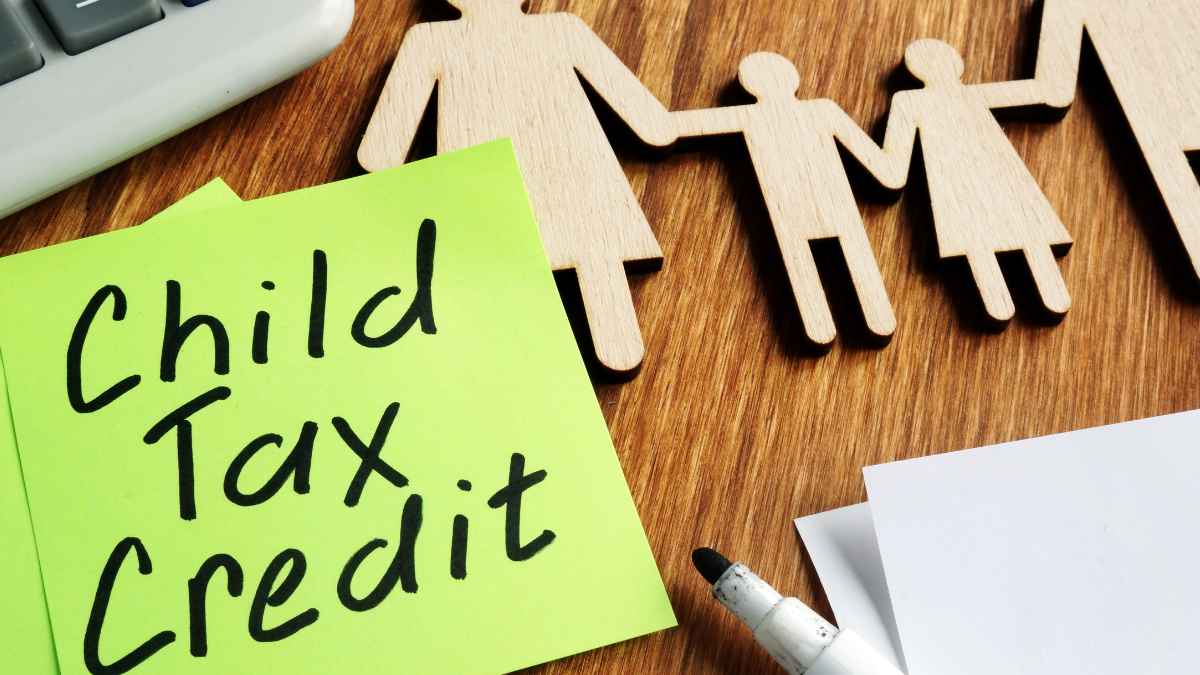Today, the Child Tax Credit (CTH) is one of the cornerstones of U.S. tax policy. It provides significant economic relief for millions of families across the country. The amount of this benefit changes according to the state in which the person lives and today, we will emphasize that aspect.
The Child Tax Credit allows all taxpayers to reduce their tax burden according to the number of dependent children they have. It also becomes a key to the economic well-being of many families, especially in the midst of such a complicated scenario with high inflation and economic crises.
The Child Tax Credit at the Federal Level
Apart from the federal government, the CTH offers up to $2,000 for each dependent child under 16 years of age. However, only $600,000 of that total is refundable. This means that taxpayers will be able to receive that amount, even if they do not have enough tax liability to apply it to their tax liability.
Meanwhile, the rest is not refundable and can only be used to reduce the tax debt. The temporary expansion of this tax benefit, through the American Bailout Act of 2021, allowed low-income families to receive more support. This was able to reduce child poverty rates significantly, although it will be cut in 2026.
Additional benefits at the state level
While the federal Child Tax Credit remains the primary benefit for families, several U.S. states have implemented their own child tax credits. These vary in amounts and eligibility requirements, which can generate significant additional benefits depending on the state of residence. Some examples of state credits include and their features:
- California: offers up to $1,117 for each child under age 6, with lower income requirements to get the full amount. In addition, it is linked to the state’s Earned Income Tax Credit (EITC).
- Colorado: provides up to $3,200 for each child under age 16, with varying amounts. These depend on marital status and family income.
- New York: offers a 33 percent Federal Child Tax Credit credit, which can mean up to $100 per child, depending on the number of dependent children.
The purpose of this tax benefit
The Child Tax Credit, both at the federal and state levels, prove to be instrumental in the fight against child poverty in the country. According to studies by Columbia University’s Center on Poverty and Social Policy, the additional payments derived from these benefits have a direct impact on reducing child poverty rates.
As the 2025 tax season approaches, all families should be aware of the benefits available at both the federal and state levels. By doing so, they will have the ability to maximize the financial support they can receive. In addition, with the reduction in the federal expansion scheduled for next year, understanding the additional credits offered in the various states will be crucial for those in need of this support.
How to claim this credit?
All individuals wishing to claim the Child Tax Credit can do so through the official website, by entering information about their children and other dependents on Form 1040 (SP), U.S. Personal Income Tax Return and by attaching a Schedule 8812, Qualified Child and, Other Dependents Credits. In addition, you can check if you qualify with the Interactive Tax Assistant (ITA) that the IRS has on its platform.
Once you have finished reading this article, remember you can continue reading other news about economy to be informed about the latest publications of this digital newspaper.







